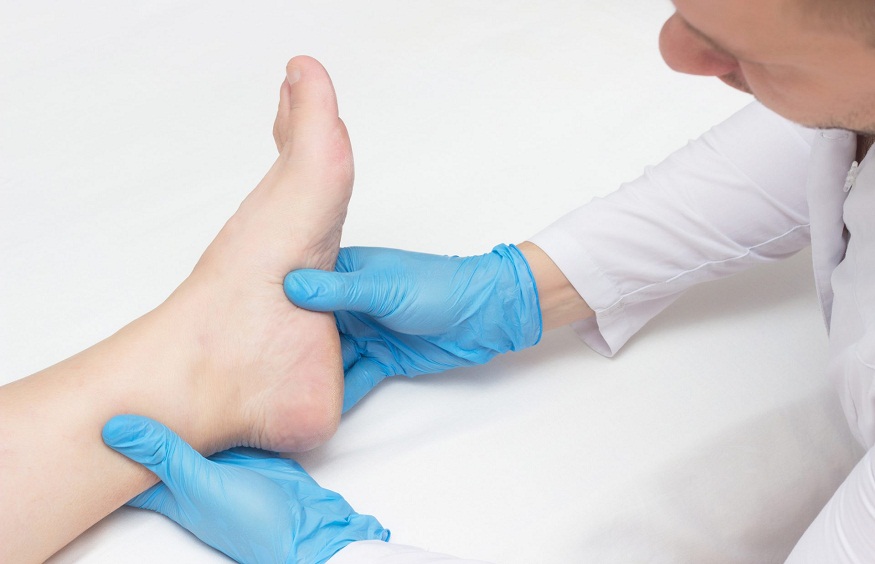
The Impact Of Podiatry In The Management Of Peripheral Vascular Disease
Peripheral Vascular Disease (PVD) affects blood flow, especially to the legs and feet. Podiatry plays a vital role in managing this condition. Through regular foot care, podiatrists help prevent complications. Proper foot health supports overall well-being. In some cases, treatments like ankle reconstruction mission viejo can restore function and reduce pain. Understanding the significance of podiatry in PVD can improve patient outcomes. Here, I explore how podiatric care aids those with PVD.
Understanding PVD and Its Challenges
PVD is a condition where narrowed blood vessels reduce blood flow to the limbs. This can lead to pain, wounds, and in severe cases, amputation. Managing PVD requires a comprehensive approach. Podiatry is critical in this management. Regular check-ups and foot care prevent complications that PVD might cause.
The Role of Podiatry in PVD Management
Podiatrists specialize in foot and lower limb care. Their work is vital for those with PVD due to the increased risk of foot problems. They focus on three main areas:
- Prevention: Routine examinations and identifying issues early.
- Treatment: Addressing existing foot problems and recommending interventions.
- Education: Teaching patients about foot care and lifestyle changes.
Benefits of Regular Foot Care
Routine podiatry visits help keep the feet healthy. These visits can uncover problems before they become severe. Some benefits of regular foot care include:
- Reduction in pain and discomfort.
- Prevention of ulcers and infections.
- Improved mobility and quality of life.
Podiatry Procedures for PVD
Several podiatry procedures support PVD management. Here are a few:
| Procedure | Description | Benefits |
| Debridement | Removal of dead or infected tissue from wounds. | Promotes healing and prevents infection. |
| Orthotics | Custom shoe inserts to support foot health. | Reduces pressure on the feet and improves walking. |
| Wound Care | Comprehensive care for foot sores or ulcers. | Speeds up recovery and minimizes complications. |
Case Study: Ankle Reconstruction
Ankle reconstruction is a surgical procedure used in severe cases of PVD. This treatment can restore function and relieve pain. A study by NCBI highlights the success of such procedures in improving patient outcomes. It emphasizes the need for coordinated care between vascular specialists and podiatrists.
The Importance of a Multidisciplinary Approach
A multidisciplinary approach is essential in PVD management. Podiatrists work with vascular specialists, dietitians, and physiotherapists to ensure comprehensive care. This team effort enhances treatment outcomes and improves the patient’s quality of life.
Concluding Thoughts
Podiatry is crucial in managing Peripheral Vascular Disease. The regular care provided by podiatrists helps prevent complications. Procedures like ankle reconstruction offer relief for severe cases. The collaborative approach among healthcare providers maximizes the chances of positive outcomes. For those with PVD, understanding and utilizing podiatry can lead to healthier and more active lives.


